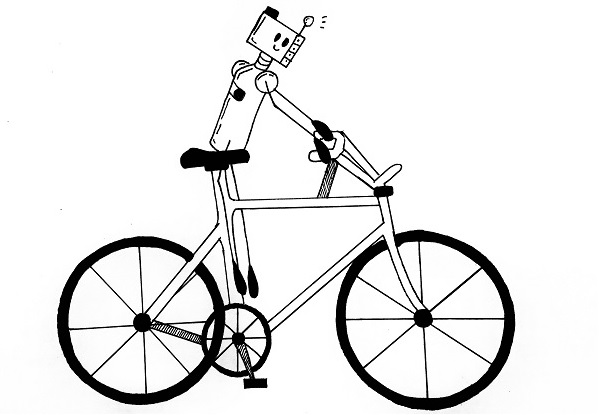Let’s say you, a budding developer came across the term Robotic Process Automation (RPA) – a discipline concerned about automating usually laborious and monotonous tasks (for example, invoicing or data scraping). Perhaps you came across that term while reading some blog posts about the latest RPA report of PwC.
Maybe you stumbled upon RPA while attending an official gathering. Now you’re pretty excited to learn more about it – its use cases, pros and cons, and the associated challenges – everything about it. But… there’s this slight problem here. Where do you start from? Indeed, RPA is a huge domain and hundreds (if not more) of books have been dedicated to this specific topic.
Make Your Robots – Try RPA Tools
The easiest thing is to dive in headfirst. You’ve got to start from somewhere – anything that you can find on the topic at this moment would work. Start small – you can start by finding out what IS RPA and how it affects the workflow of an organization, how it can help a business and what its capabilities are. There are hundreds (if not thousands) of resources out there that can help you in this matter – blogs, articles, market studies and surveys, organization reports, academic papers and so on.
And like any kind of automation is more of an art than science – and any seasoned automation consultant would tell you this – sometimes the opinion of an expert can be more helpful than a research paper. So, while the ideas can be slightly opinionated they can be helpful too for learning the ropes of this business.
Try to cover the subtleties of Robotic Process Automation such as the past usages of this tool, the usual pitfalls associated with it, and the challenges that both the organizations and the developers face while implementing it. If you’re at it already, why not attend some meetups? If nothing else, you’d get to meet some real humans that have actually been in this domain and can tell you what works (and what does not).
But reading up books and articles can only get you that far. For getting the actual feel of RPA you need to get your hands dirty. You need to get accustomed to the technology. Check out the tools used by the organizations, see if the vendors provide a trial version of their software, and start playing around. This is the only way you can get better at it.

So these are the 5 steps that you need to follow to take a step towards becoming an RPA maestro.
The RPA market is very dynamic and volatile. You would see a new software launching in every two months. But in the long run, very few tools survive. Even among those, only a handful are in general used by the big dogs, the corporate giants. Gather as much intel as you can about the vendor and the tool to be able to make informed decisions about those tools.
Additionally, some of the vendors provide some form of training (or training materials) along with their product. Try to squeeze as much value out of these materials as possible.
It’s also very crucial that you stay updated all the times. Robotic Process Automation is a dynamic domain as it’s still evolving rapidly. What is relevant today might become pointless tomorrow. So try to stay in touch with the trending tools. Try to keep up with the research going on in this field.
Robotic Process Automation is a hot topic these days. Learning it the right way can surely give you an edge over others and go that extra mile in securing your career. So, keep learning!